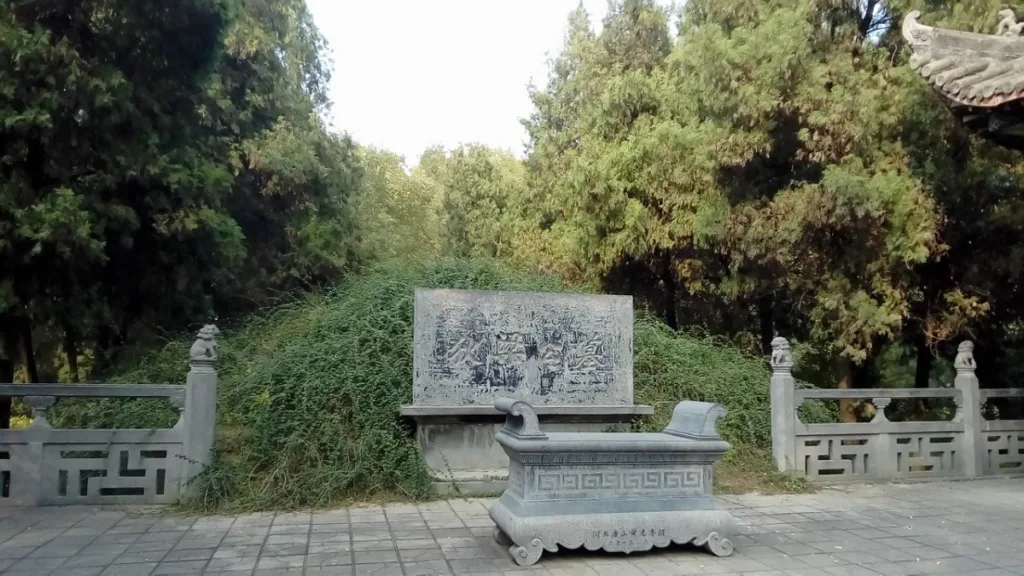Qiyun Pagoda (齐云塔), also known as the White Horse Temple Pagoda, stands as a testament to ancient Chinese architecture, with a history dating back nearly two millennia. Initially constructed during the Eastern Han Dynasty in the Yongping era (69 AD), it underwent reconstruction during the Jin Dynasty in the 15th year of the Dading reign under the guidance of the Linji Zen monk Qiyanyan Gong, earning it the names “Shakyamuni Relic Pagoda,” “Golden Square Pagoda,” or “White Horse Temple Pagoda.” However, it was during the Qing Dynasty that it came to be widely known as the Qiyun Pagoda, a name coined by the monk Ruxiu.
Situated approximately 200 meters southeast of the main gate of the White Horse Temple in Luoyang, Henan Province, the Qiyun Pagoda represents one of the oldest surviving ancient structures in the region and a rare example of Jin Dynasty architecture. Its design embodies the characteristics of Tang and Song Dynasty multi-eaved tower styles, incorporating faux-wood structural elements. This unique blend of architectural features provides invaluable insights into the architectural traits of the Jin Dynasty, particularly in the central plains region.
The pagoda boasts a square plan, facing south, and consists of three main sections: the base, the body, and the spire. Standing at a total height of 26 meters with thirteen tiers, its exterior showcases elegant parabolic curves, with an arched doorway on the south side of each level allowing visitors to ascend and enjoy panoramic views. Internally, the pagoda features corridors, vertical shafts, niches, chambers, and arches cleverly constructed using a combination of bricks, wood, and stone, resulting in a distinctive and stylish ancient tower. Additionally, three inscribed steles dating back to the 15th year of the Dading reign of the Jin Dynasty and the Ming Dynasty’s restoration are preserved in front of the pagoda.
Since 1989, significant efforts have been made to restore and enhance the Qiyun Pagoda and its surrounding complex. Through the generous contributions of Hai Fa, the late abbot of the White Horse Temple, the pagoda has been renovated, and a complex including a meditation hall, classrooms, an observation hall, monks’ quarters, a mountain gate, and a stele corridor has been constructed. This development has transformed the site into the first Bhikshuni (Buddhist nun) monastery in Henan Province, providing a place for over thirty nuns to study and practice Buddhism.



